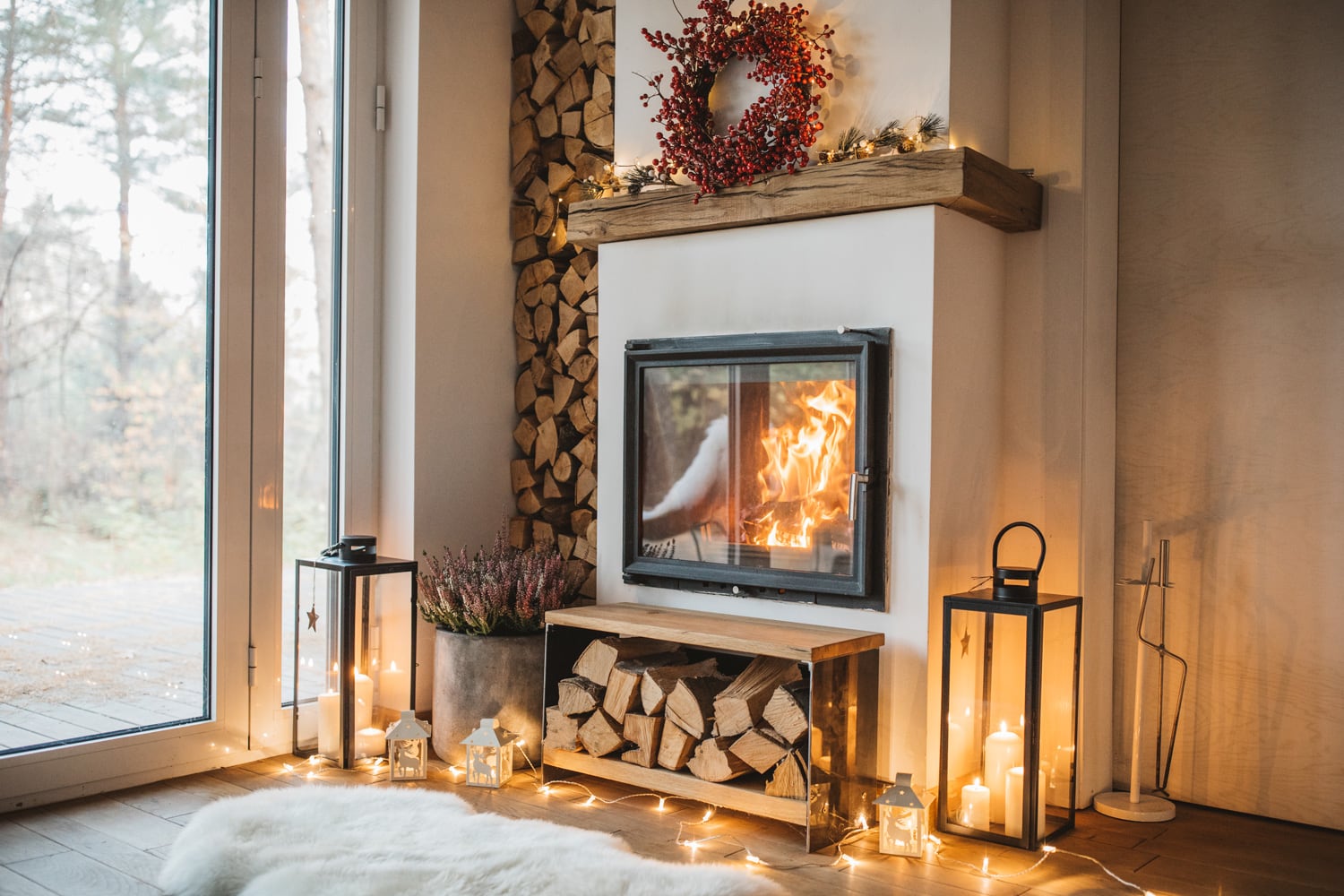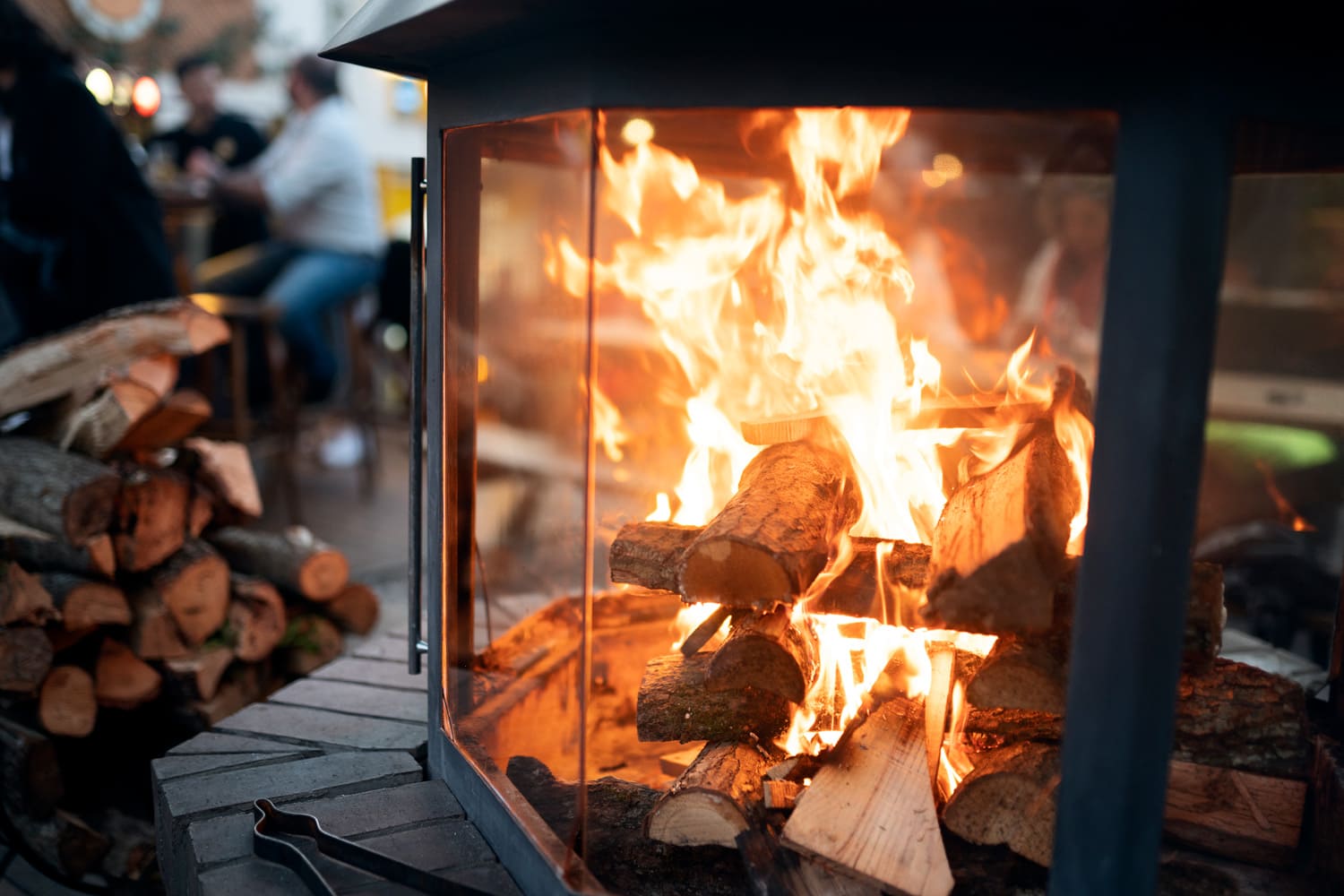Many of you have probably made a fire in the safety of your home or while out camping. In either case, you may have struggled or may still be struggling with the process of starting a fire without any kindling. Well, you're in the right place. We have compiled a list of kindling substitutes for you right from the experts.
To start a fire without kindling, use the smallest available logs that are lying around and arrange them in a top-down method to ensure that they will burn properly. You can also use materials like newspapers, paper towels, bark, coffee filters, and even tampons. Commercial fire starters are also another good way to burn your wood effectively in your fireplace.
Now that you know some of the alternatives to kindling for starting a fire, we'll discuss them in more detail. Continue reading to find out more. We'll also delve into what not to use as per the advice of professionals.

What Is Kindling?

Kindling refers to any small, dried-out piece of wood that is combustible and highly susceptible to burning for a good amount of time. The primary purpose of kindling is to transfer the fire created by the starter to your logs, ensuring that they will burn easily.
The first thing that you should consider when burning logs without kindling is what items can easily transfer fire to your logs. This means finding out which methods are available for you to try at home to increase the chances of lighting your logs.
Alternatives To Kindling
To improve the chances of successfully lighting a fire, your best bets are to use smaller-sized logs, seasoned logs, the bark from the logs, paper products, other combustible items you might find at home, and commercial fire starters. Also, be sure to use the top-down method to successfully keep your fire going. Keep reading below for a more in-depth explanation.
Smaller Sized Logs
One of the most important things to remember when starting a fire without kindling is to use smaller-sized logs because they will burn faster and more efficiently. The reason why you want them to be smaller is to decrease the surface area that the fire needs to travel to burn them properly.
Below is a photo of logs that were chopped down to smaller pieces to use in a fireplace. Of course, you can chop them even further if needed to make sure that they catch fire more easily.

On their own, logs are already hard enough to burn, so trying to set them aflame without the use of kindling will take time. Just imagine trying to set a large chunk of wood on fire using only a simple match or a lighter. That's why you need to take your time in selecting the right-sized logs to increase your chances of success in lighting a fire.
Seasoned Logs
Aside from the correct size of logs needed when starting a fire, there's also one more key element: the amount of moisture content the logs contain.
Using dried-out logs as much as possible would make it easier to start a fire. For wood to burn efficiently, the recommended moisture content is below 20 percent. Most wood that is freshly cut down has at least 50 percent in moisture content. Depending on the type of wood, the moisture content can go even higher.
You can create logs with low moisture content by letting them dry out in the sun and wind. This process is called seasoning. However, it would normally take years to achieve this, and even then, it's still not the best log for you to use without a kindling.
Buying kiln-dried logs is another option that many experts would recommend. Not only do these types of logs have an unbelievably low moisture content, usually less than 8 percent or more, but they're readily available all year round at your local store.
Click here to see these kiln logs on Amazon.
The Top-Down Method

To ensure that you get a proper fire going, you need to be aware of how you're stacking them. By using the top-down method, you're essentially reversing the order in which you usually burn firewood with kindling.
Starting with the logs first, you then essentially stack your substitute kindling above it and then your starter. This method ensures that your wood has time to burn. If you were to start a fire normally, with the logs placed last, you might end up smothering the fire, causing it to go out before ever having the chance to light the wood on fire.
To follow this method, you need to create a base using your largest logs at the bottom. Then, carefully place the smaller logs on top of it, making sure to only add a layer. Finally, place your fire starter on top along with your substitute kindling and let it burn.
Paper Products
You can also use newspapers, paper towels, tissue paper, and the like as substitutes for kindling. Not only do these materials catch on fire quickly, but they are usually plentiful around the house. They're a good alternative when you're starting a fire without kindling.
To maximize their effectiveness, do not crumple these materials. As much as possible, roll them up lengthwise and then tie them into a knot. This way, they won't open up while they burn, ensuring that the flames are concentrated and allowing them to transfer the fire effectively to the logs.
Bark From The Logs

If you have no leftover paper lying around, using the bark from dried logs would work as well. Bark has has a low moisture content and can burn longer compared to paper products.
To increase your chances of setting the logs on fire, use bark in tandem with paper products. This would help maximize the chances of transferring the fire to the logs even more.
Other Household Items
If you don't have any paper products or bark lying around, no need to fret. Products such as cotton gauze, coffee filters, tampons, and even the chips you snack on can make for a great kindling substitute. You will use need to use more of these items to achieve the same effect, but they will get the job done.
Commercial Fire Starters
One of the best ways to get a fire going is by prolonging the amount of time it burns. The longer it burns, the higher the chances of lighting the logs on fire.
There are many commercial products nowadays that act as both the fire starter and the kindling. Most of these products will burn for more than 20 minutes, plenty of time to let your logs catch on fire.
Click here to check this fire starter on Amazon.
What Not To Use

There are plenty of ways to start a fire without kindling. But you should be aware that not all flammable products can be used. These products products include household trash, coated wood, plastic products, rubber, cardboard, magazines with colored ink, and many more.
Burning these products will cause chemical substances to be released into the air—substances that are toxic and bad for your health. These products are best recycled instead of chucking them into your fireplace where they can cause harm.
Always be prepared when starting a fire at home. Make sure to keep the fire away from any flammable materials that can burn and spread quickly. In case of an emergencies, be sure to call the proper authorities for help.
In Closing
Nowadays, starting a fire without any kindling isn't difficult at all. Many household products that you might not even need can become great substitutes for kindling. Simply buying a fire starter that also works as kindling would do the trick on most occasions.
Remember to prioritize your health and the safety of your home whenever you start a fire. Just as it's easy to burn things, the same can be said of fire-related accidents. So please be careful.
If you have enjoyed reading this article, you might want to check out these other posts:
Can You Burn Cardboard in a Fireplace?


